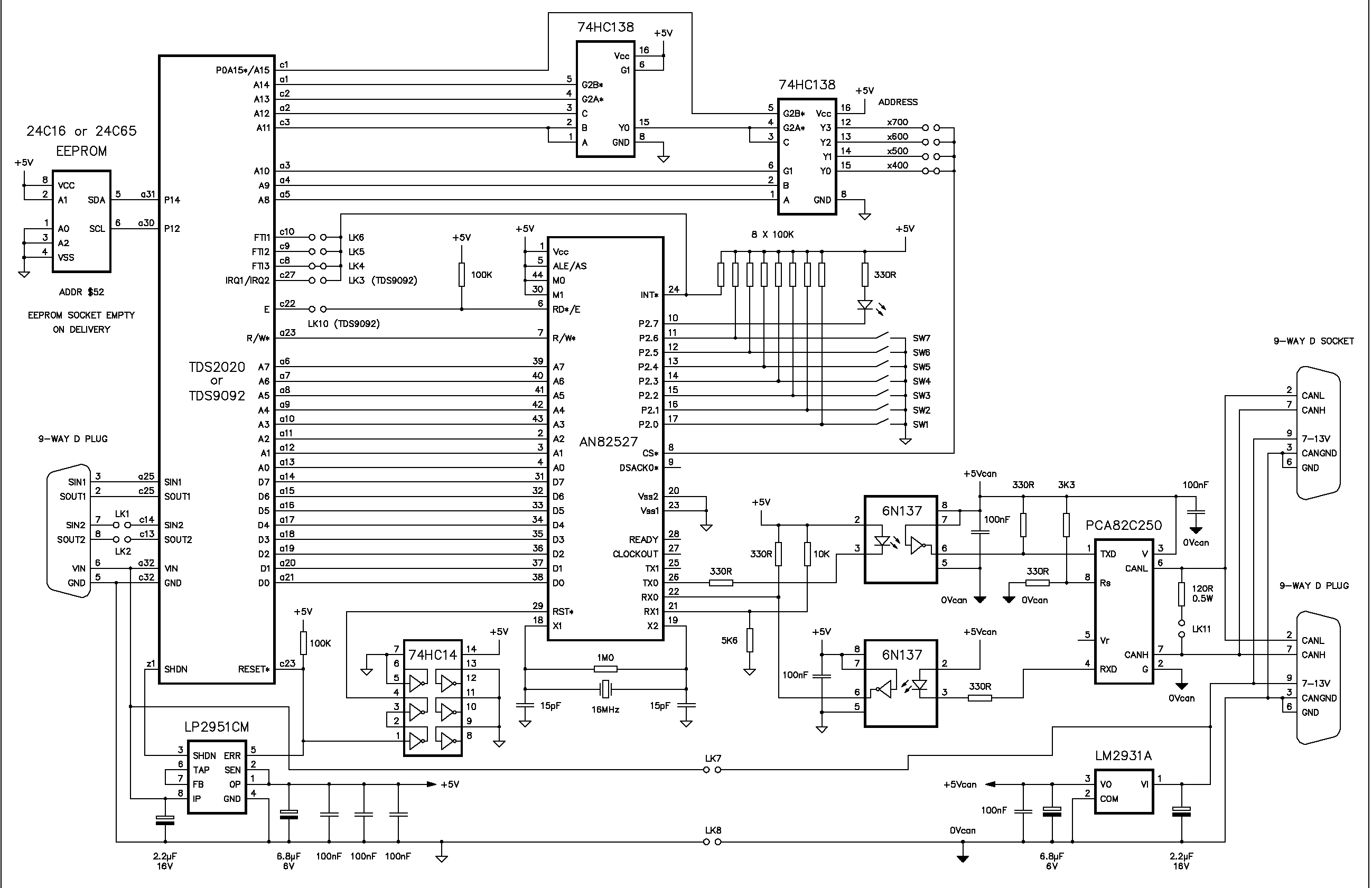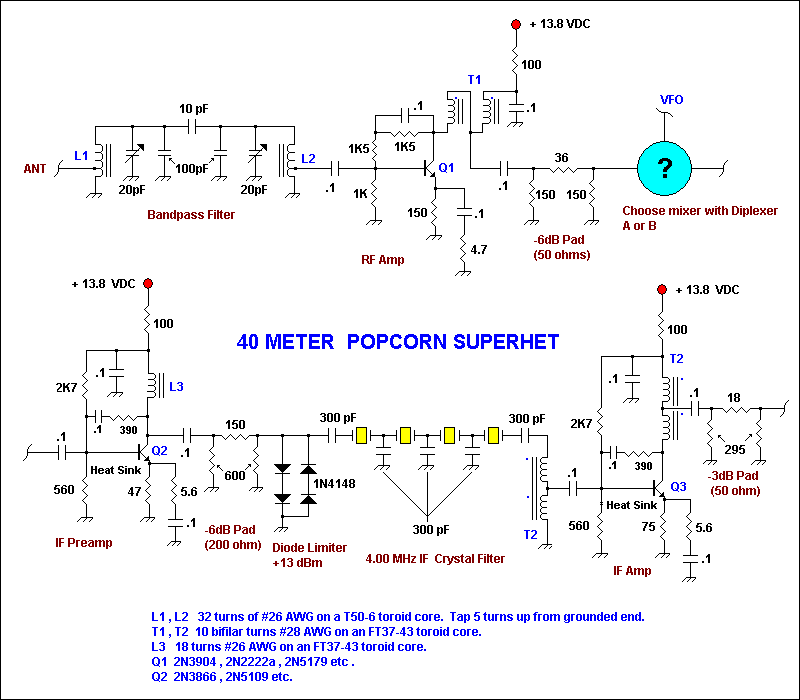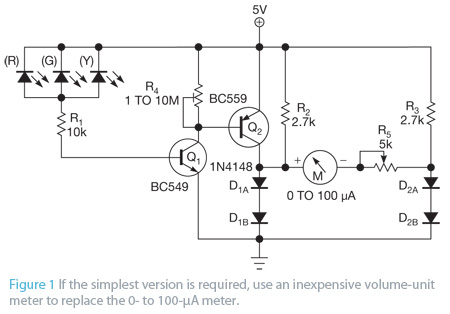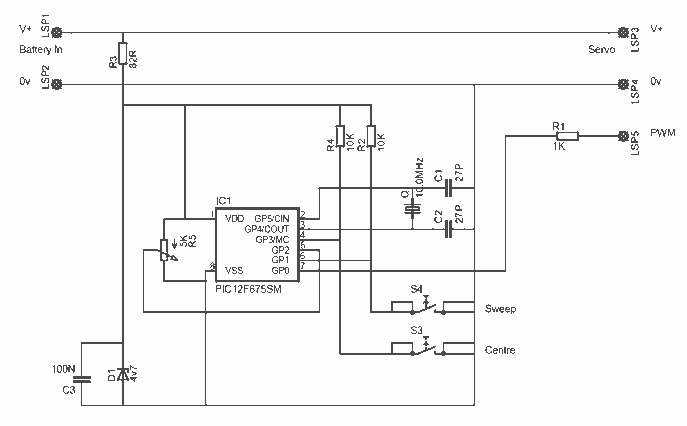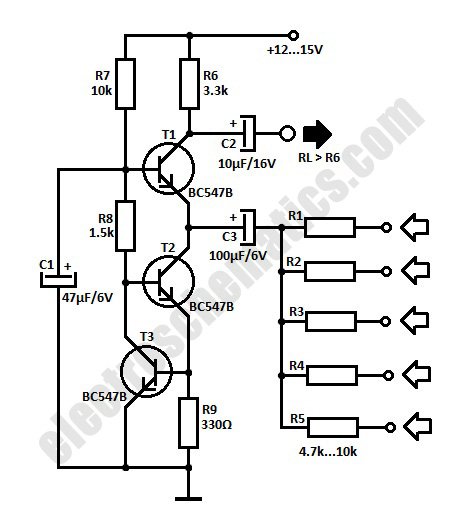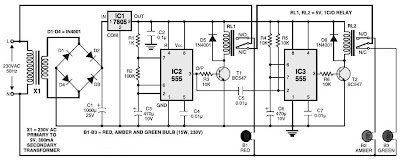
Simple servo controller Schematic
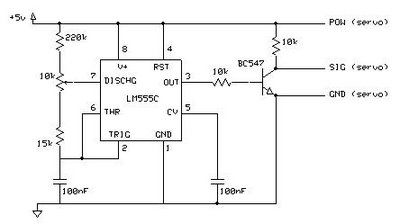
This circuit enables the testing of a servo motor. The angle of the servo can be adjusted using a 10k potentiometer. It is possible that not all positions can be achieved with this circuit; experimenting with different resistors may provide better results.
The described circuit for testing a servo motor primarily utilizes a 10k potentiometer, which serves as a variable resistor to control the angle of the servo. The circuit typically includes a power supply, a microcontroller or a servo driver, the servo motor itself, and the potentiometer. The potentiometer is connected to an analog input of the microcontroller, allowing the user to adjust the voltage level based on the position of the potentiometer.
The microcontroller reads the voltage from the potentiometer and translates it into a corresponding angle for the servo motor. The servo motor is designed to move to a specific position based on the input signal it receives, which is often a Pulse Width Modulation (PWM) signal. The width of the pulse determines the angle to which the servo will turn.
In cases where the servo does not reach the desired positions, it may be necessary to modify the resistance values in the circuit. This can be achieved by replacing the 10k potentiometer with one of a different value or by adding additional resistors in series or parallel to fine-tune the voltage range sent to the microcontroller. Adjusting the resistor values may help accommodate different types of servos or specific application requirements.
In summary, this circuit is a practical tool for testing servo motors, allowing for precise control over their angle of movement through the use of a potentiometer. However, users should be prepared to experiment with different resistor configurations to optimize performance for various types of servos.This cicuit allows you to test a servo. The angle of the servo can be set by means of the 10k potmeter. Perhaps you will not be able to reach all positions with this circuit. Playing with other resistors may help. 🔗 External reference
The described circuit for testing a servo motor primarily utilizes a 10k potentiometer, which serves as a variable resistor to control the angle of the servo. The circuit typically includes a power supply, a microcontroller or a servo driver, the servo motor itself, and the potentiometer. The potentiometer is connected to an analog input of the microcontroller, allowing the user to adjust the voltage level based on the position of the potentiometer.
The microcontroller reads the voltage from the potentiometer and translates it into a corresponding angle for the servo motor. The servo motor is designed to move to a specific position based on the input signal it receives, which is often a Pulse Width Modulation (PWM) signal. The width of the pulse determines the angle to which the servo will turn.
In cases where the servo does not reach the desired positions, it may be necessary to modify the resistance values in the circuit. This can be achieved by replacing the 10k potentiometer with one of a different value or by adding additional resistors in series or parallel to fine-tune the voltage range sent to the microcontroller. Adjusting the resistor values may help accommodate different types of servos or specific application requirements.
In summary, this circuit is a practical tool for testing servo motors, allowing for precise control over their angle of movement through the use of a potentiometer. However, users should be prepared to experiment with different resistor configurations to optimize performance for various types of servos.This cicuit allows you to test a servo. The angle of the servo can be set by means of the 10k potmeter. Perhaps you will not be able to reach all positions with this circuit. Playing with other resistors may help. 🔗 External reference
